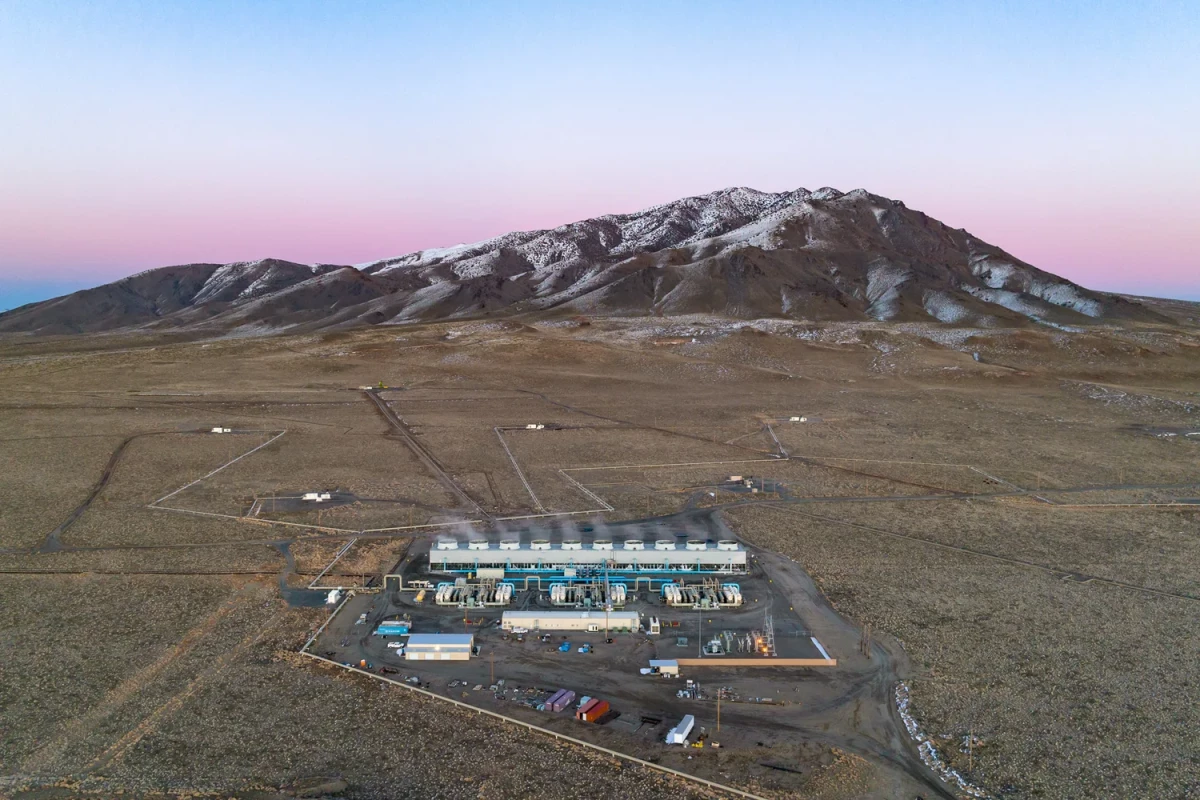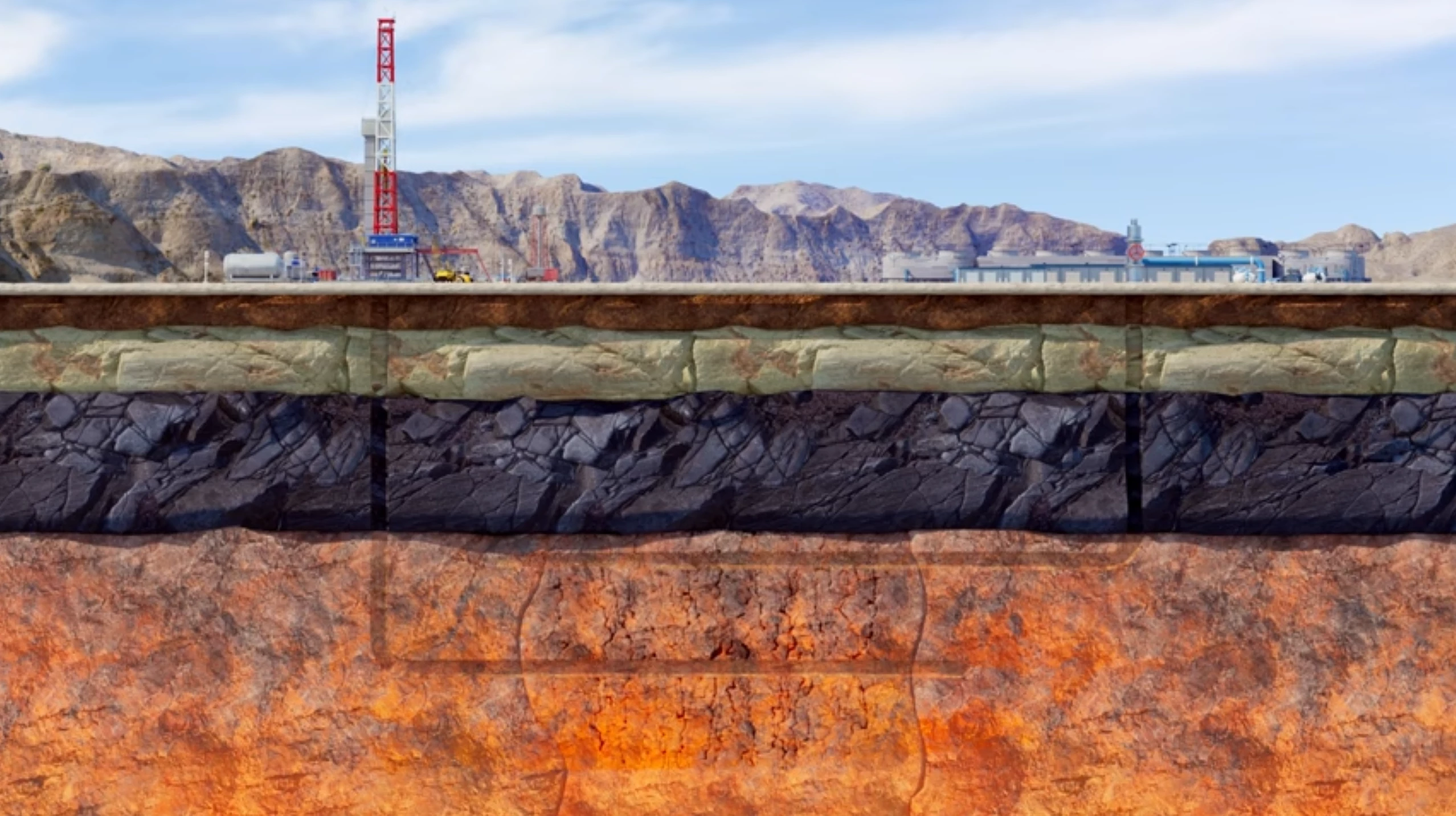Google has announced that its innovative advanced geothermal plant in Nevada is now operational and connected to the grid, pioneering an approach that promises to unlock clean, always-on geothermal energy across a much larger range of locations.
Where most geothermal projects need to seek out areas where highly-fractured, highly-permeable hot rocks are easy to get to, the Nevada plant, built in partnership with Fervo, is a pilot to prove a technique borrowed from the oil and gas industry.
As we wrote when Fervo announced its test results in July, the idea is to do for geothermal what fracking did for oil and gas, opening up resources that would otherwise be inaccessible. The company does this by drilling horizontally into deep rock, then injecting pressurized fluid to fracture the rock, creating the kind of fractured, permeable rock you need to harvest geothermal heat energy.

It's a technique Fervo says can also help get a lot more out of an existing resource, and it radically reduces one of the biggest risks in geothermal energy: the risk of drilling way down into subterranean resources and finding they're not usable.
The Nevada plant makes a constant 3.4 megawatts of energy, bringing water up from 3,250-ft-long (990-m) horizontal bores some 8,000 ft (2,440 m) below the surface, at temperatures up to 191 °C (376 °F).
Google originally saw this project as a way to do two things. Firstly, to advance its own progress toward its stated goal of operating solely on clean energy by 2030. And secondly, as a way to give Fervo a commercial jump-start – a proof of concept it could use to accelerate the uptake of advanced geothermal.
And maybe on the second goal, it's made an impressive start. In September, Fervo broke ground on another, much larger project in Utah. The Cape Station project, scheduled for grid connection in 2026 and full-scale power production by 2028, scales things up considerably. It's aiming to produce around 400 MW of energy around the clock.
The US DoE estimates that geothermal could expand from its very humble beginnings to provide up to 120 GW of clean energy by 2050 – that'd be about 16% of the country's forecasted energy needs, delivered in a super-convenient, super-reliable fashion that's not dependent on weather and daily cycles like wind and solar. Fervo says that as it scales, it hopes to bring pricing down to the point where even deeper hot rock resources become exploitable.

And then there are other companies like Quaise, which is aiming to make geothermal energy available and economical from nearly anywhere on Earth, by using fusion-derived particle beam technology to drill deeper holes that anyone in history.
It's an exciting time for geothermal – and indeed, for all forms of clean energy – as the world mobilizes new and emerging technologies to clean up its act. It almost makes you think we might get there, and have a relatively habitable planet to leave for our great-grandchildren.
Source: Google









